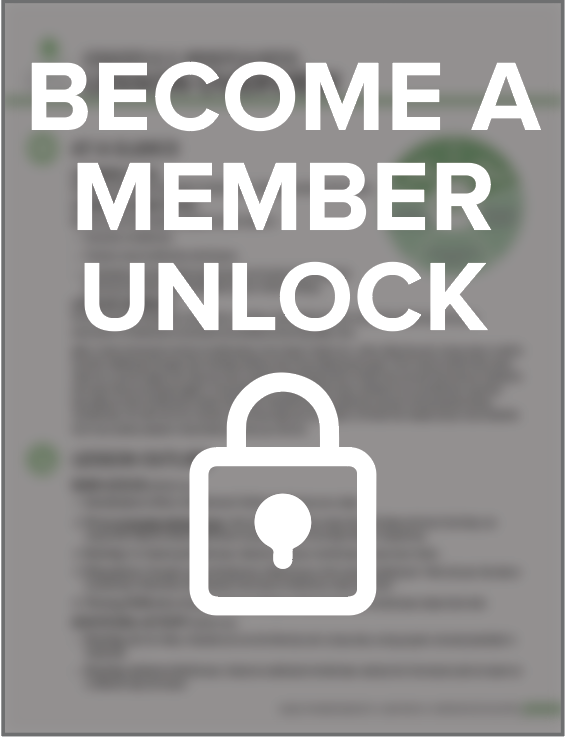Locked Content
Unlock this lesson plan by becoming a paid member. Existing members, please log in.
Students will learn the why and how to use I-Statements to communicate about their feelings.
By the end of the lessons, students will be able to:
- Identify the difference between an I-Statement and a You-Statement
- Use an I-Statement
- Transform a You-Statement into an I-Statement
- Identify the six basic emotions and related feelings
I-Statements are a way of expressing feelings that encourages students to focus on what they are feeling instead on what others did. I-Statements can be used to discuss both positive and negative feelings, but they are particularly useful in conflict resolution: if we just talk about our own feelings instead of assigning blame, conversations can quickly move to resolution. It is okay and actually helpful to name the “awkwardness” of expressing emotions in such a structured format.
This lesson starts with a review of the I-Statement structure (many students at this age have heard of them): I Feel (emotion) when (event) because (thought about event). Then the class practices creating and saying I-Statements. You end with a discussion and/or journal-time about why I-Statements are useful.
The mindful moment is about noticing new aspects of your surroundings. If live, invite students to show on camera what new thing they have noticed. If recorded, show something new from your own home.
See lesson one on Mindfulness for our remote teaching recommendations about doing either live online or recorded social-emotional learning lessons.
When asking students to show the I-Statements they’ve created, have them write them in large print on paper and show them to the camera and look at one another’s (you can have them show their work group-by-group).
If you want to do the Turn You Into I activity in groups, give students time to think on their own before you send them into breakout groups. Not comfortable with breakout groups, have them chat in small groups.
The Turn You Into I activity can easily be turned into a worksheet assigned for homework.
CASEL Competencies
Self-awareness: The abilities to understand one’s own emotions, thoughts, and values and how they influence behavior across contexts. This includes capacities to recognize one’s strengths and limitations with a well-grounded sense of confidence and purpose.
Relationship skills: The abilities to establish and maintain healthy and supportive relationships and to effectively navigate settings with diverse individuals and groups. This includes the capacities to communicate clearly, listen actively, cooperate, work collaboratively to problem solve and negotiate conflict constructively, navigate settings with differing social and cultural demands and opportunities, provide leadership, and seek or offer help when needed.


